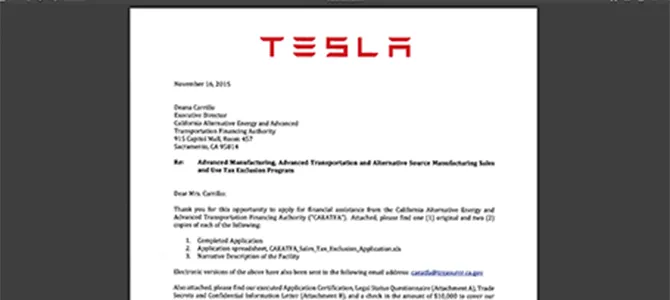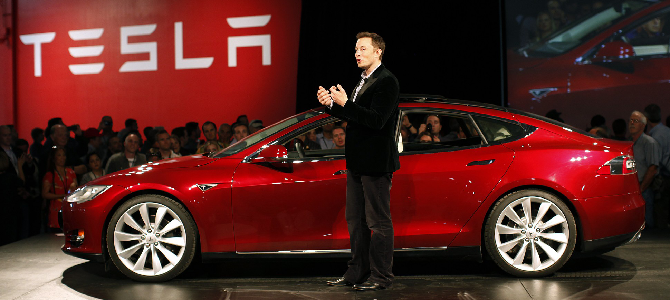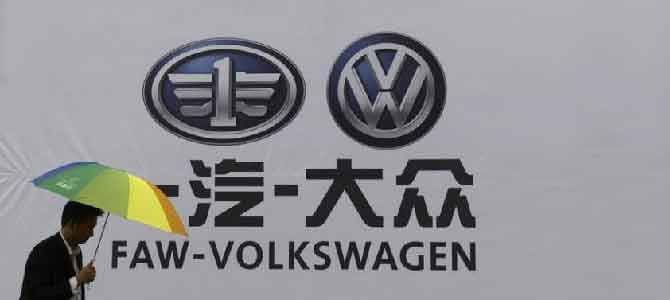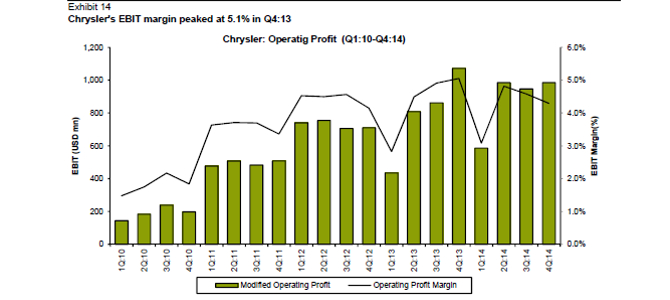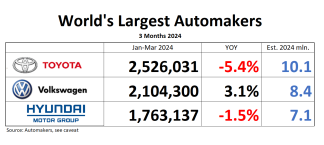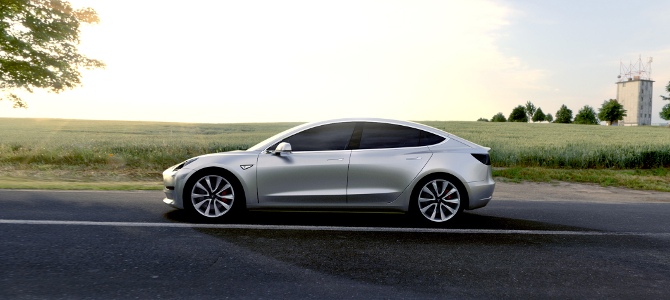
When we get our hands on an exclusive document here at the Daily Kanban, we tend to write long and in-depth analyses. It’s just what we do. But because our latest document haul contains some cool facts that didn’t make it into our story and because we’re eager to show off our fun-loving, light-hearted sides we thought we would put together a listicle. Yes, like Buzzfeed. Just a good, old-fashioned list of things you might not have known, presented in a way that won’t take long to read and will hopefully make you smile. Because here at the Daily Kanban, learning can be fun!
